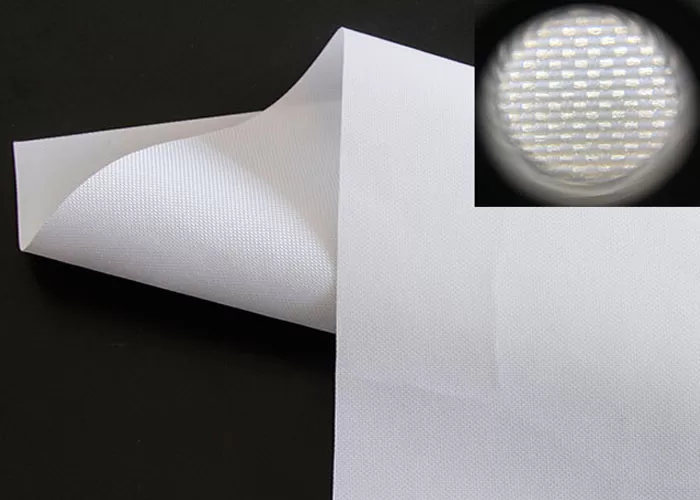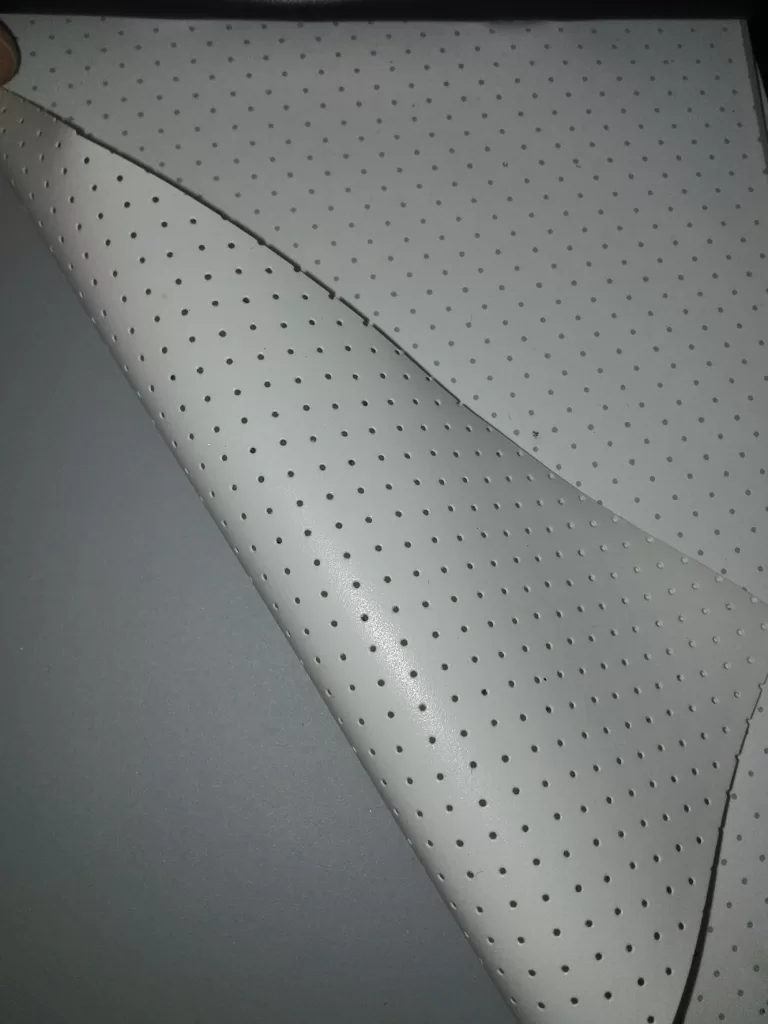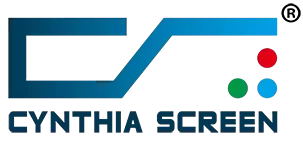Whether it is a commercial cinema or a home audio-visual room, more and more cinema projects will use perforated sound screen. First, the overall appearance is beautiful, and second, the speakers can be placed in a suitable position according to the indoor environment to achieve better sound effects.
Perforated sound screen are mainly divided into two categories: perforated sound-transmitting screen and woven sound-transmitting screen.
Perforated sound-transmitting screens are mainly based on PVC material curtains, and holes are punched on the screen surface. Woven sound-transmitting screens are just like the meaning of the text, using a weaving process.
Many cinema enthusiasts have a headache. Which of these two projector screen materials is better?
In fact, if a product can survive in the market, it means that it has a certain value, so there is no such false proposition as which is better between perforated sound-transmitting screens and woven sound-transmitting screens.
In terms of sound attenuation, woven sound-transmitting screens have an advantage over perforated sound-transmitting screens, because the holes of woven sound-transmitting screens are denser than those of perforated sound-transmitting screens, the perforation rate is higher, and the sound attenuation is lower, but this statement is based on the fact that the woven sound-transmitting screens are not added with black blackout cloth.

However, in terms of image effects, perforated acoustic screens have an advantage over woven acoustic screens, because the surface of woven acoustic screens cannot be coated with gain. If used with a low-lumen projector, a large-sized woven acoustic screen will have difficulty in producing images. This is why commercial theaters have always used perforated acoustic screens.


